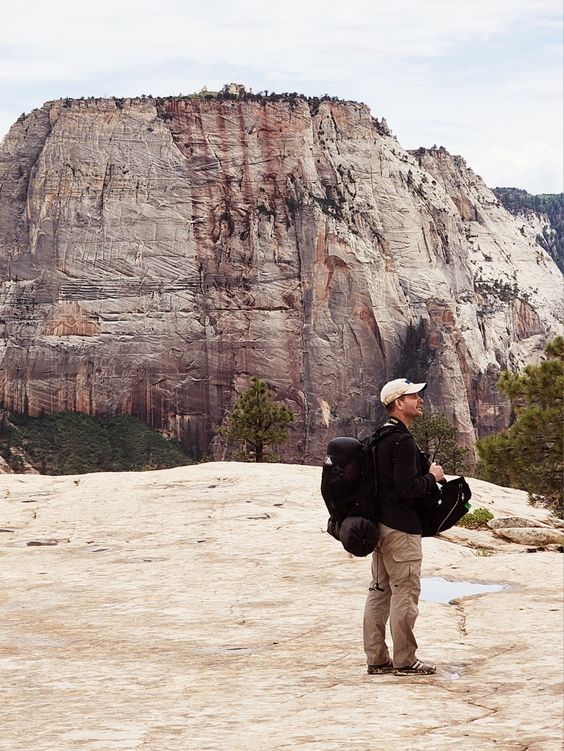
When the weather starts to cool, head out to Utah for some of the best adventures Mother Nature has to offer. Zion National Park backpacking is an experience that includes the visual feast of sage green brush peppering red rock skyscrapers. The park offers plenty of wonderful hiking trails (all levels), an educational and informative Visitor Center with plenty of parking, and Springdale—the quaint outside town worth a stop or stay. For the rugged type, we have some tips and suggestions for doing an overnight backpacking trip—specifically on the West Rim Trail.
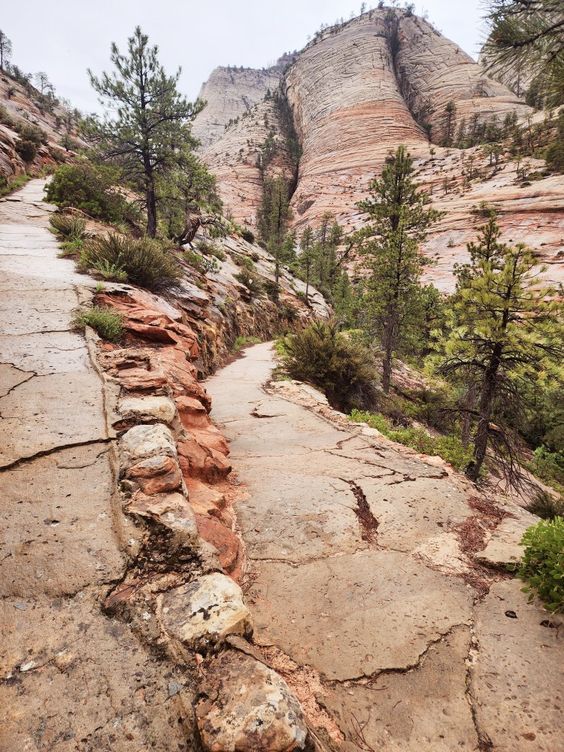
Zion National Park Backpacking for Moderate-Level Hikers
Generally, hiking trails are rated by difficulty level—easy, moderate, and hard. This particular Zion National Park backpacking trail ranked “moderate” and is a challenging route with lots of steep climbs. You should be fairly active or in shape to consider this hike and be very well-prepared. We’ll give you as much information as possible to ensure you set out on the right foot. There are plenty of downhills and the landscape changes dramatically throughout the entire hike. Gorgeous in the early Summer after lots of Spring rain.
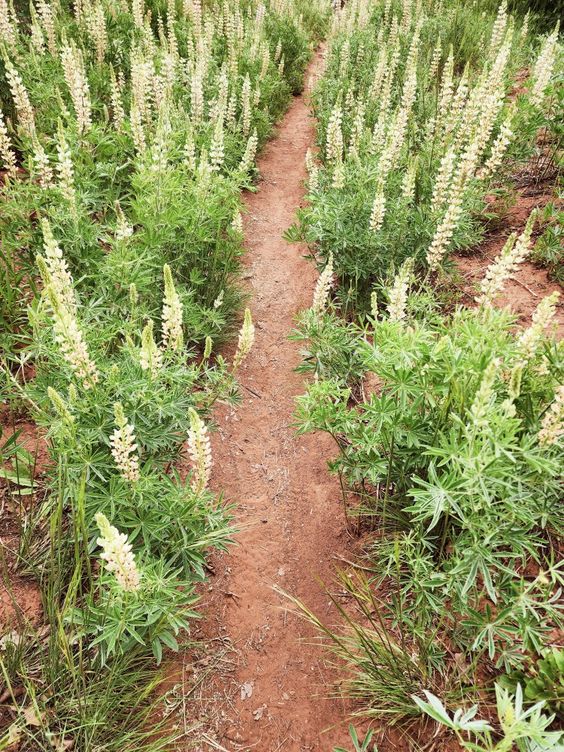
West Rim Trail (Top-Down)
One of the best suggestions we can give for this trail is to start at Lava Point. Taking this Zion National Park backpacking trail from the top down saves the most grueling part of the hike for the very end. The end is where the Visitor’s Center shuttle drops off most visitors to walk an intense, upward trail full of switchbacks to a breathtaking view. Saving this part for last still gives you an incredible view but the switchbacks, alternatively, are all downhill. Fingers crossed for your knees but still preferable for most. The hiking trail takes you around the whole area, going up for views and back down for shade. You’d never believe you were at the top of some of these places.

Plan Your Gear
Another recommendation is to pay close attention to the weather when planning your hike and pack light. Your Zion National Park backpacking gear should be lightweight, with plenty of water, sunblock, and snacks. Tip for the wise: have a plan for rainstorms—a poncho and a hat should be sufficient. Also, dress in layers. It gets incredibly hot during the day and is a minimum of 20 degrees cooler than the valley floor at night. You can tie a hoodie or jacket around your waist and save space in your pack. Bring a quality backpack with straps that fasten at your hips and chest and a solution for holding a sleeping bag. Both straps relieve pressure from your back and allow you to focus on the stunning vistas instead of your gear.
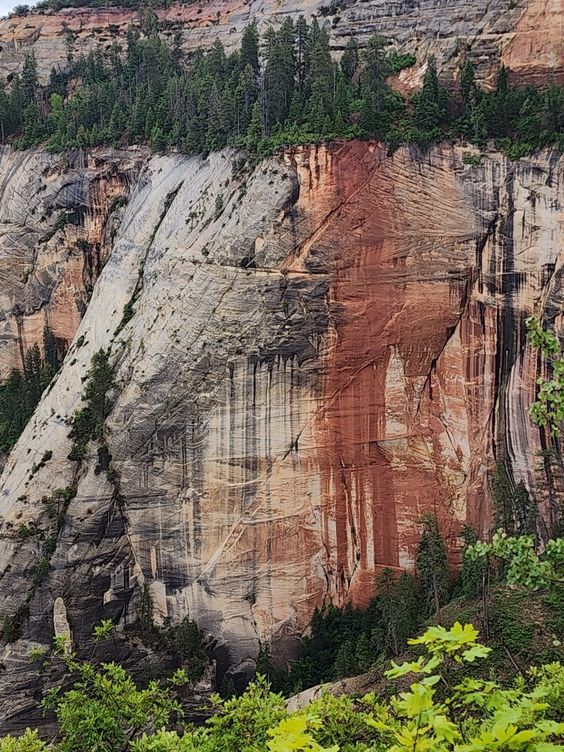
Food Ideas
When packing for an overnight stay, you want to be very prescriptive about the food you take. Healthy snacks will give you the right kind of calories needed to finish your Zion National Park backpacking trip. Trail mix, wax-covered cheeses, salami, dried fruit, and a few protein bars will carry you most of the way. Consider wearing a fanny pack that you can easily dig in and out of whenever you need a boost. If you’re eating along the trail, you don’t really need to overthink dinner. A simple sandwich or a compact meal that doesn’t require cooking is ideal. The whole trip can take about a day and a half so save your big meal for your reward at the end.
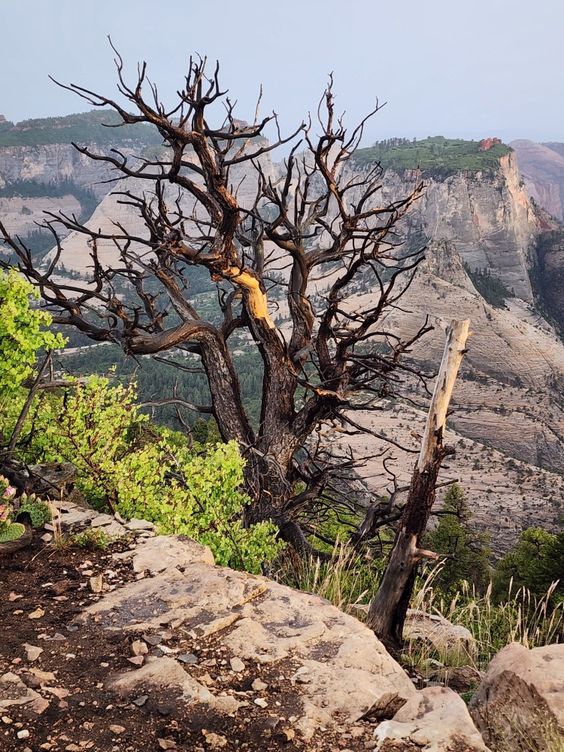
Plan Your Water
If you’re an experienced hiker with all the right gear, this is the opportunity to use your filtration systems. There are a few springs along the Zion National Park backpacking trail that are good for refilling your water bottles. Be sure to check the Information Desk at the Visitor Center to get the most up-to-date information on which springs are running and which to avoid. Depending on how much water you drink, we were fine with two 16-oz water bottles.
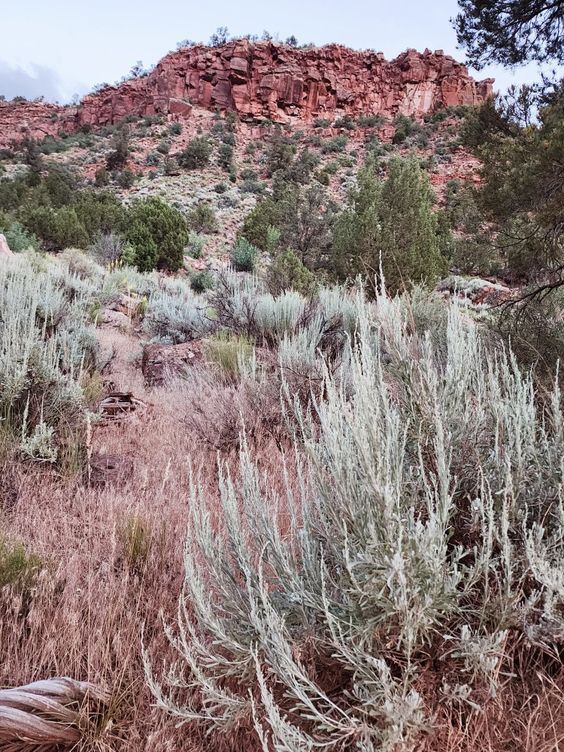
End of The Trail
The trail is 16.2 miles and can be feasibly done as a long day hike. Turning the West Rim trail into a leisurely Zion National Park backpacking trip is much more rewarding. Taking the top-down route makes more of the trail downward, even though there are some steep inclines along the way. Wear sturdy shoes that have good grip and ankle support. The trail is diverse and you will need all of those features in your footwear.
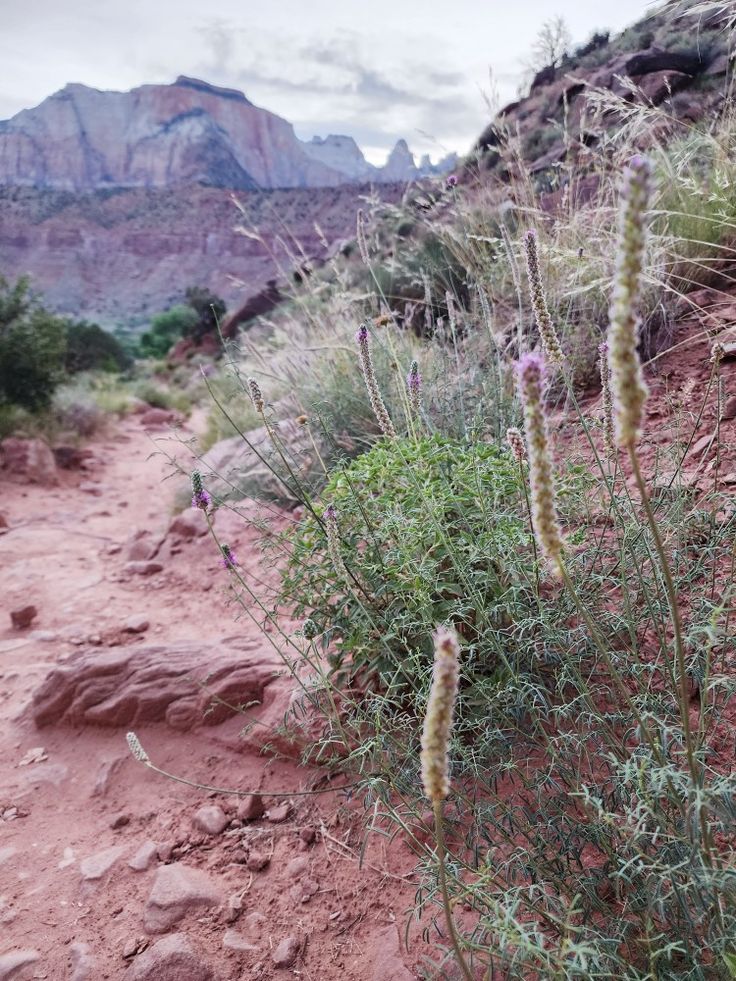
Before You Head Home
At the end of the trail, past the last stunning view, as you’re navigating those steep switchbacks we warned you about, keep your eyes out for wildlife. There are owls hiding near the end of the Zion National Park backpacking trail and signs to alert you to them as you come close. If you’re very quiet and very lucky, you will spot one in a tree or peering out from the top of a cave in the rock. Who!
